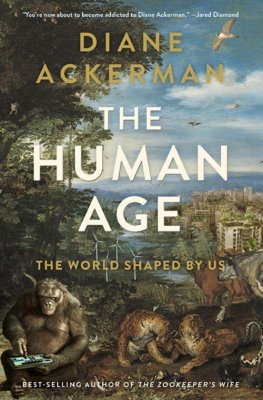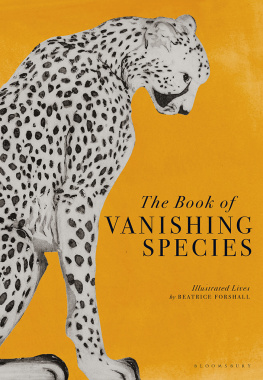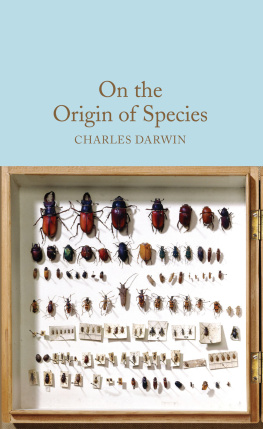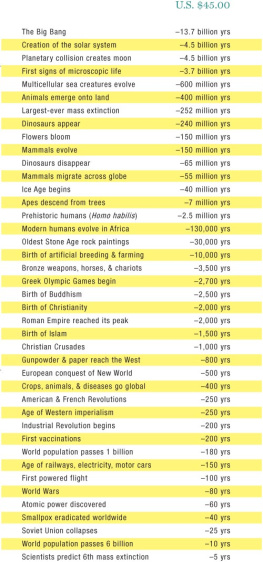The Advertising Archives: plates .
What on Earth
Evolved?
in Brief
100 species that have changed the world
Christopher Lloyd
Illustrations by Andy Forshaw
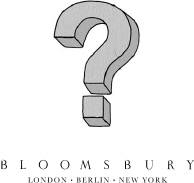
What on Earth Evolved?
in Brief
Christopher Lloyd read history at Cambridge, where he graduated with a double first, before becoming technology correspondent for the Sunday Times. In 1994 he won the Texaco award for the Science Journalist of the Year. After leaving journalism, he ran a number of Internet and educational publishing businesses. In 2006 he decided to home-school his two daughters, and the inspiration to write his first book, What on Earth Happened?, published in 2008, came during a four-month tour of Europe with his family.

Contents
Before Humans
On the impact of species that evolved in the wild
Smallpox
Rhizobia
Sponge
Shark

Dragonfly
6. On Fish that
Came Ashore
Tyrannosaurus
Ant

After Humans
On the impact of species that thrived in the
presence of modern mankind
Maize
10. On Material
Wealth
Eucalyptus
Cinchona
12. On
Companionship
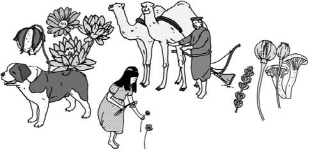
Banana
Herpes

What is life? What forces are in control? Why have creatures evolved as they are? Where does humanity fit in?
Unlike Charles Darwins theory published 150 years ago, this book is not chiefly concerned with the origin of species, but with the influences and impacts that living things have had on the path of evolution, on each other and on our mutual environment, planet Earth.
This is an abridged verion of What on Earth Evolved?, roughly half the length of the original hardback. Although it excludes a number of narratives, which put the impact of each group of species into their overall evolutionary context, I hope you agree that the individual biographies of those 100 extraordinary living things still speak for themselves.
The first part surveys the mechanics of evolution before mankind, from the earliest replicating molecules to the rapid rise of mammals following the death of the dinosaurs, profiles fifty of the most successful life-forms (from now on, informally described as species) that emerged through natural selection up to the time when modern humans first trod the Earth.
The second part assesses how from c. 12,000 years ago humans introduced new evolutionary forces through the cultivation of plant and animal breeds to benefit human societies. The success of many creatures then came to depend on their capacity to impress and accommodate the needs of humans, which often replaced the traditional struggle for survival in the wild. What impact did these evolutionary forces have on the non-human world and on the direction of evolution itself? The second part profiles fifty of the most successful species that have developed through artificial selection up to the present day.
Finally, part three ranks the impact of the hundred chosen species from the dawn of evolution to the present day into a table of influence based on a set of simple, but arbitrary, criteria. Its intention is simply to stimulate thought, provoke comment and offer an alternative, sideways glance through the history of life.
The central purpose of this book is to cultivate a richer understanding of all history not just as chronology but as seen through the lens of the natural world itself. Its aim is not only to inform and entertain but, I hope, to stimulate debate about the place of mankind in nature and its pivotal relationship with non-human life and the Earth itself.
Christopher Lloyd
June 2010
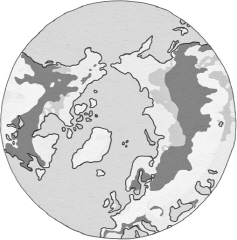
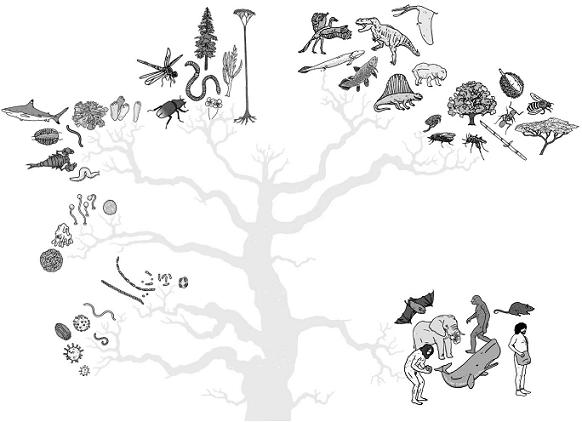
From four billion to 12,000 years before present
1
On Viruses
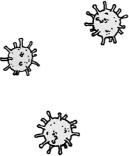
FAMILY: ORTHOMYXOVIRIDAE
SPECIES: INFLUENZAVIRUS A
RANK: 9
One of humanitys biggest ever killers
In 1798 English economist Thomas Malthus predicted the imminent decimation of human populations by sickly seasons, epidemics, pestilence and plague that advance in terrific array, and sweep off their thousands and tens of thousands This alarming prophecy was founded on the rapid rise of the human population. Not long after Malthus wrote his famous essay, the number of humans inhabiting the Earth rose past the one billion mark. Just over 200 years later, the human population stands at nearly seven billion, with approximately 211,000 extra bodies added every day. Nothing could be better for viruses whose single concern is to copy their codes into as many other creatures (hosts) as possible. All living organisms from bacteria, plants and fungi to animals, fish and humans are vulnerable to infection by viruses so great is their variety.
Influenza viruses infect a wide range of creatures including humans, pigs, birds, seals, mosquitoes, salmon and sea lice. At some point in the last few thousand years a variant of this virus family skipped across the species barrier and mutated, allowing it to spread from human to human. Its job was made much easier by the closer proximity between humans and animals that resulted from the rise of animal domestication and farming, beginning about 10,000 years ago (see ). The influenza virus spreads by causing its host to erupt into severe bouts of coughing and sneezing. In dense human populations copies of the influenza virus are easily spluttered from person to person in airborne droplets. The human immune system is usually able to overcome these infections within two or three weeks. Old and young people are at greatest risk of severe illness. On average one person dies out of every one thousand infected.
Next page

